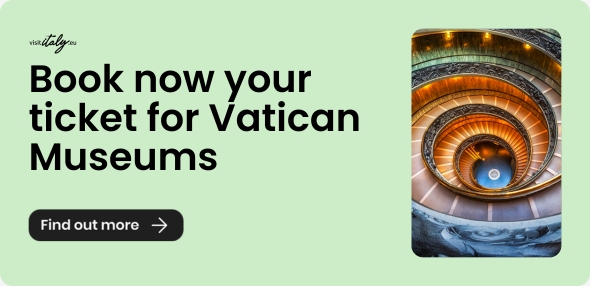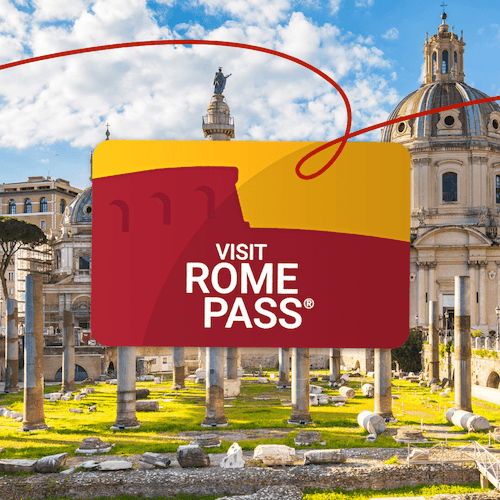It will last for one more month (until July 18) the great Quadriennale di Roma 2020 entitled Fuori. A spectacular exhibition that intends to narrate and enhance the work and research of artists and all their new contemporary artistic practices. It continues to redesign the role of the artist within a society that is increasing "liquid" and "complex". And then there is beauty, the purest and most idealistic kind. A world made up of new images, visions, sounds, ideas, and concrete facts that greatly influence not only artists but also all workers in the art world. We at VisitItaly discussed these changes with the two curators of the exhibition, Stefano Collicelli Cagol, and Sarah Cosulich, who kindly answered all our questions.

How much did the covid influence the work of the quadrennial?
Covid had a great influence on the process of organizing and implementing the exhibition, making many processes more difficult. Fortunately, we had finished the research work and the choice of artists, so the project was not compromised in any way. It was particularly complicated to follow from a distance the production of the artists' works and the development of the installation plan, also because all of us staff members, curatorial department, architect, technicians could only relate via a screen. In addition to the fact that setting up for two months in presence with very strict rules and also enormous precariousness made it all very stressful for us curators and the institution. The exhibition was opened in hiccups and despite everything, it was very visited by the public during the opening moments. The biggest limitation was the impossibility of having an international audience because we were very keen on promoting Italian art abroad.
How much disruption did you have to the research projects you started earlier?
The research projects through the studio visits, the Q-Rated workshops throughout Italy, and the Q-International call have been completed. It is thanks to this great mapping as well as the work of exploring the Quadriennale archive that we have been able to present a new narrative of Italian art in the exhibition. We can say that the Covid was a great effort for us, but not something that affected the exhibition in terms of content or presentation.
What does the foreign public think of Italian contemporary art?
The foreign public knows too little about Italian contemporary art. Few of our living artists are internationally recognized. This is why we need institutions like La Quadriennale di Roma dedicated to the promotion of Italian art, in addition to the many actions carried out at the ministerial and public levels. Exchange projects for both artists and curators are fundamental to increase dialogue and knowledge to encourage a greater presence of Italian artists in foreign exhibition institutions.
How much does contemporary art influence people's travel choices?
Contemporary art should not be thought of only as a source of attractiveness but as internal energy to stimulate creativity and the possibility for a country to constantly rethink itself in the future. Ideas, stimuli, connections arise from contemporary culture in its multidisciplinary network. It's a positive attitude that sets in motion unexpected and therefore necessary processes. At the same time, we realize how much a great event like the Quadriennale is having a strong attraction for the public that lives outside Rome, thus becoming the driving force behind a visit to the capital.
Would it have been easier to do this art quadrennial in Milan, if so why?
The Quadriennale is an institution in Rome, important for the historical role it has played in Italian art. The exhibition is conceived in this close dialogue with the history of the institution and the city, a project of this kind in Milan would have been unthinkable. The city of Rome, particularly at this moment, has found itself living a very dynamic phase from the point of view of contemporary art. Various institutions are living a particularly proactive moment, such as the Macro, the Maxxi, the Galleria Nazionale, but also the important foundations, the new private galleries, the alternative spaces dedicated to young people that have recently been created and that have contributed to bringing many new artists to Rome. It seems to me that there is an investment of energy that the city should consciously support.
What should Italy do in its future choices about the contemporary, and what should its experts do?
Create more opportunities for young people, both artists, and curators who contribute to their discovery. More opportunities for dialogue with foreign teachers in the academies of fine arts. More residency programs but also visiting programs for international art practitioners. Support projects for foreign institutions that organize exhibitions of Italian artists abroad. A public direction with a strategy, including the coordination of the overall network of contemporary art that enhances the many virtuous realities currently involved.
About the author
Written on 22/06/2021




Emanuele Castellano
It will last for one more month (until July 18) the great Quadriennale di Roma 2020 entitled Fuori. A spectacular exhibition that intends to narrate and enhance the work and research of artists and all their new contemporary artistic practices. It continues to redesign the role of the artist within a society that is increasing "liquid" and "complex".